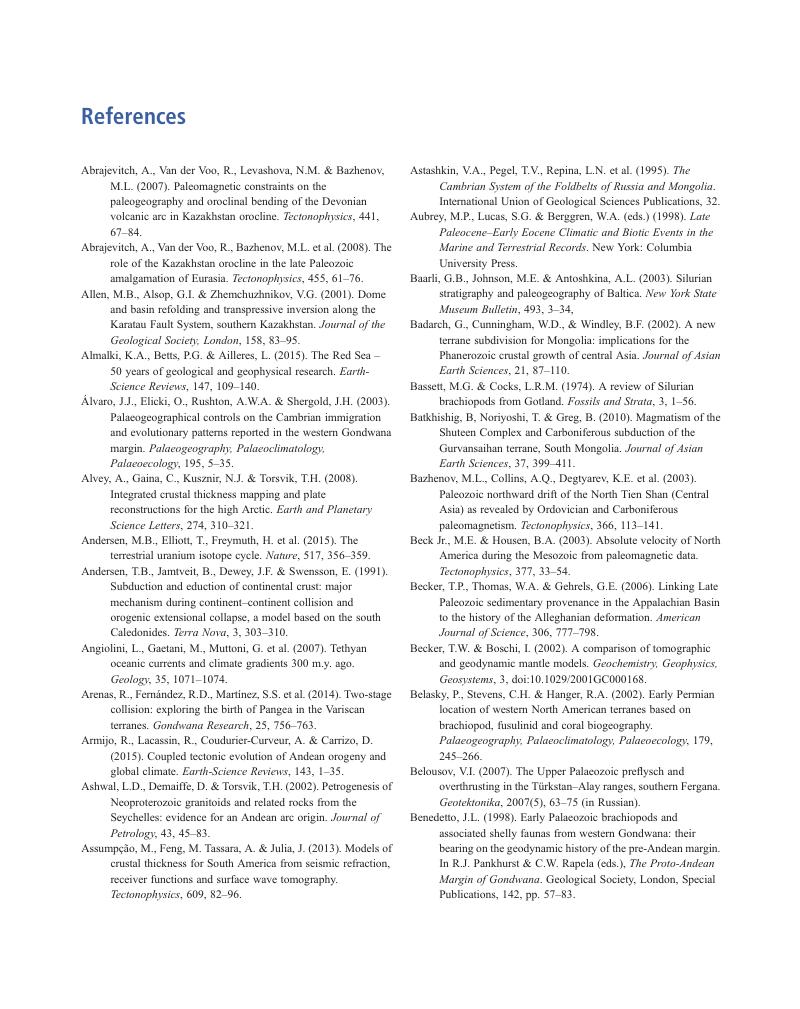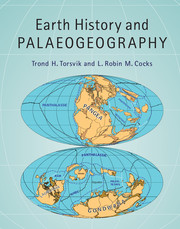Book contents
- Earth History and Palaeogeography
- Earth History and Palaeogeography
- Copyright page
- Dedication
- Contents
- Preface
- Book part
- 1 Introduction
- 2 Methods for Locating Old Continents and Terranes
- 3 Tectonic Units of the Earth
- 4 Earth’s Origins and the Precambrian
- 5 Cambrian
- 6 Ordovician
- 7 Silurian
- 8 Devonian
- 9 Carboniferous
- 10 Permian
- 11 Triassic
- 12 Jurassic
- 13 Cretaceous
- 14 Paleogene
- 15 Neogene and Quaternary
- 16 Climates Past and Present
- Endnote
- Book part
- References
- Index
- References
References
Published online by Cambridge University Press: 24 November 2016
- Earth History and Palaeogeography
- Earth History and Palaeogeography
- Copyright page
- Dedication
- Contents
- Preface
- Book part
- 1 Introduction
- 2 Methods for Locating Old Continents and Terranes
- 3 Tectonic Units of the Earth
- 4 Earth’s Origins and the Precambrian
- 5 Cambrian
- 6 Ordovician
- 7 Silurian
- 8 Devonian
- 9 Carboniferous
- 10 Permian
- 11 Triassic
- 12 Jurassic
- 13 Cretaceous
- 14 Paleogene
- 15 Neogene and Quaternary
- 16 Climates Past and Present
- Endnote
- Book part
- References
- Index
- References
Summary

- Type
- Chapter
- Information
- Earth History and Palaeogeography , pp. 293 - 310Publisher: Cambridge University PressPrint publication year: 2016

